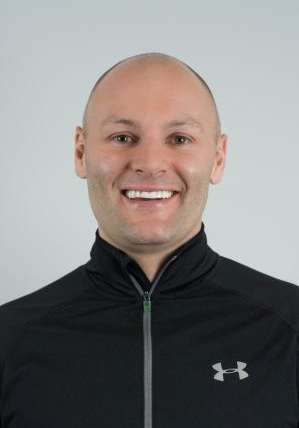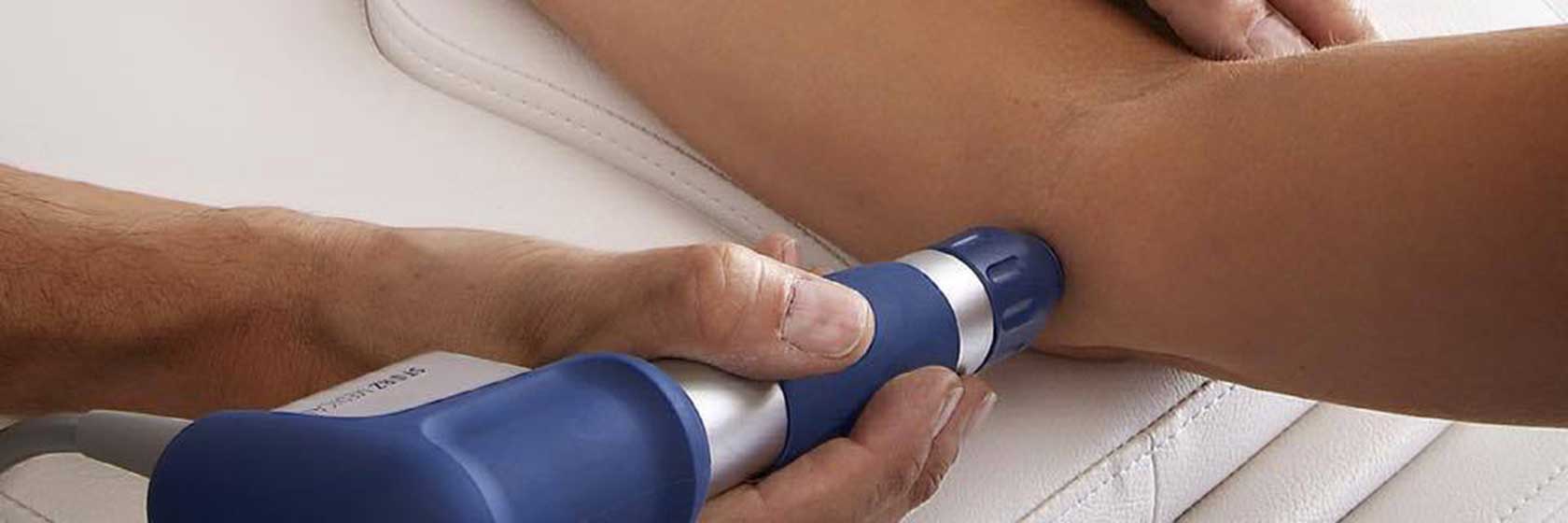What is Shockwave Therapy?
Shockwave therapy is an interdisciplinary device that is employed in orthopedics, veterinary medicine, physiotherapy, urology, and sports medicine. The major benefits are rapid pain relief and restoration of mobility. Not only is it a non-invasive therapy without pain relievers, but it is also a perfect therapy for accelerating recovery and healing of various conditions that cause chronic or acute pain.
Mechanism of Action
Shockwave is a sound wave that transports high energy to myoskeletal tissue and painful points with chronic, subchronic, and subacute conditions. The energy supports the reparative and regeneration processes of the tendons, bones, as well as other soft tissues. Shockwaves are typically characterized by strong pressure changes, non-periodicity, and high amplitudes.
Research suggests that if tendon pain persists, known as chronic tendinopathy, the tendon may not heal. Treatments sometimes aim to stimulate the tenocyte cells in the tendon to produce new and healthy tendon tissue. By applying large doses of mechanical energy to the affected areas of a painful tendon, shockwave therapy can cause micro-inflammation in the tendon and stimulate the tendon cells to produce a functional healing response.
The benefits of having an effective healing response in a tendon can bring many benefits. These include absorbing calcium deposits in the tendon, reducing pain, removing painful blood vessels in the tendon, and increasing the tensile strength of the tendon.
Does Shockwave Therapy have any Side Effects?
Since shockwave therapy delivers a mechanical shock wave to hitherto painful tendons and stimulates a mild micro-inflammatory reaction, standard symptoms occur after every procedure includes the following:
- Moderate to mild discomfort/pain during the procedure
- Persistence of local symptoms for up to a week after the procedure
- Slight swelling and bruising for up to a week after the procedure
- Numbness in the treated area for up to a week after the procedure
- A very rare side effect can be the rupture of the treated tendon
You cannot receive shock wave therapy if you have an infection, pregnant, taking blood thinners, or have recently injected steroids in the same area.
Therapy Sequence
The application of shockwave therapy is simple and straightforward. The therapy sequence is in three steps:
Locating the Region to be Treated
The region to be treated is located by palpation to carry out the treatment accurately.
Gel Application
In step 1, an adequate amount of gel is applied to the region. The use of gel is required to transmit the sound waves smoothly and efficiently.
Start of Therapy
The shockwave applicator is pressed lightly against the region to be treated and the initiate button is pressed.
If you have any questions about shockwave therapy or other therapy and fitness related topics, please contact us at Performance Chiropractic + Physiotherapy.

Dr. Ashley Todd is the owner and certified chiropractor at Performance Chiropractic + Physiotherapy, with more than 15 years of professional experience. Registered with the College of Chiropractors of Alberta and the Chiropractic Association of Alberta, Dr. Todd holds a Kinesiology degree from the University of British Columbia and a Doctorate of Chiropractic. He is fully certified in Active Release Techniques (ART) and treats athletes for the Edmonton Elks and Oil Kings. Dr. Todd is dedicated to helping people move better, perform stronger, and live pain-free.



